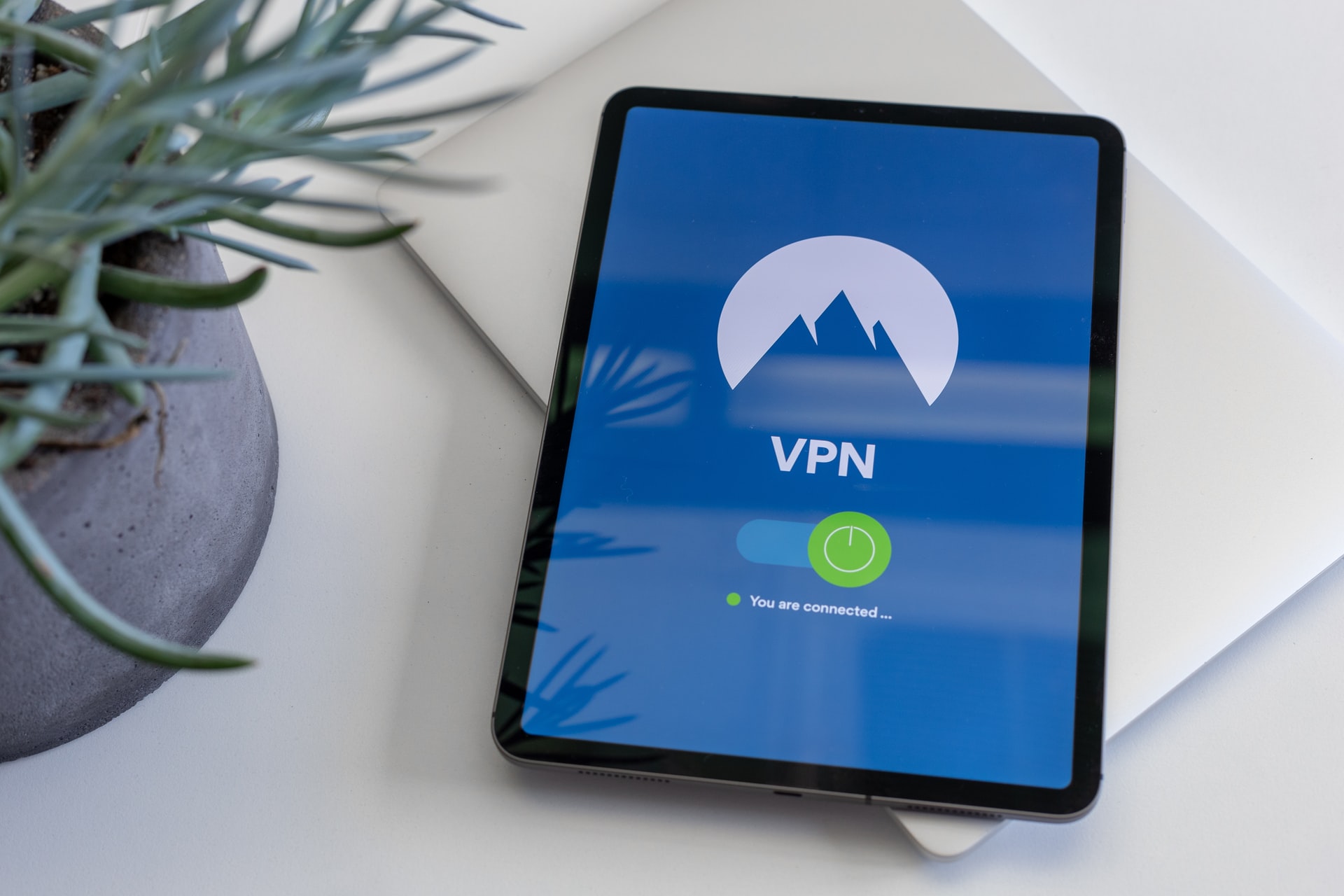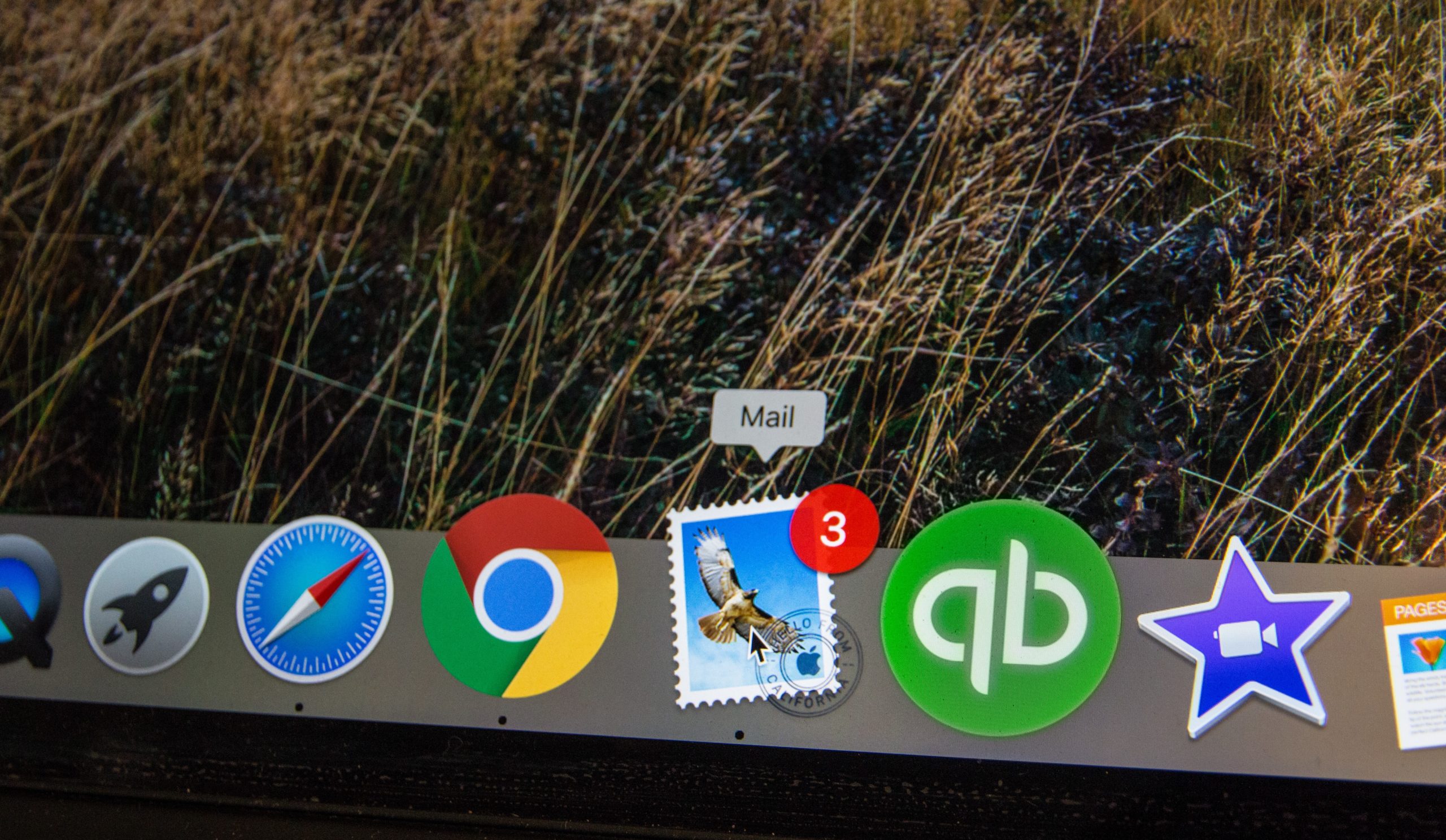12 Reasons Gmail Stops Working
Gmail is one of the most popular email services used in the world today. It’s a free, easy-to-use online platform that offers users an extensive range of features and functions.
Despite its popularity, Gmail can sometimes stop working, leaving users frustrated and wondering why it isn’t acting as expected.
One starts to ask can you recall Gmail emails, only to realize that the feature is not functioning. Or, Gmail is not responding when you are trying to delete the junk in the spam folder.
If you’re experiencing issues with your Gmail account, it could be due to one of these reasons.
1. Outdated Account Information
Your email address or password may be outdated, leading to authentication errors when attempting to sign in.
To update your account information, log in using a web browser on a desktop computer and click “Account Settings” from the drop-down menu at the top right of the page.
2. Server Outage
Gmail’s servers could be down for maintenance or experiencing technical issues because of high traffic or other factors.
If you see an error message stating that the server is unavailable or an HTTP 500 error code, try logging in later when service is restored.
3. Browser Issues
Some browsers may not be supported by Gmail or have out-of-date security settings which can prevent you from accessing your account properly.
Consider switching to another browser such as Chrome or Firefox and clearing your cache if needed before signing in again with updated information.
4. Inactive Emails
Emails that haven’t been opened for more than nine months are considered inactive and will be automatically deleted by Google servers without warning.
In order to avoid losing important emails, make sure to check all folders periodically and delete old emails when necessary so they don’t pile up and become inactive over time.
5. Spam Filters
Spam filters are designed to block unwanted mail from entering your inbox but sometimes they can be overzealous and mistakenly mark legitimate emails as spam – preventing them from reaching you even if they’re sent by trusted contacts like family members or colleagues.
Reviewing your spam folder regularly can help ensure that no important emails slip through the cracks due to incorrect filtering settings.
6. Blocked Senders List
If someone has added you to their block list, any messages they send will not be delivered and won’t appear in your inbox even if they’re valid contacts with whom you’ve emailed in the past.
Review your Blocked Senders List periodically (located under Settings > Mail) and ensure no legitimate contacts have been mistakenly added here so all incoming messages are received properly going forward.
7. Corrupt Cookies
Cookies stored within your browser can get corrupted over time because of outdated software versions or viruses which can lead to authentication issues as you are trying to access Gmail – disabling features like auto login or preventing users from signing into their accounts altogether.
To resolve this issue, clear all cookies associated with Gmail on whatever device you’re using manually (each browser is different) or use a specialized program like CCleaner that will do this automatically for you with just one click.
8. Phishing Attempts
Phishing attempts occur when malicious actors attempt to gain access to user accounts via fraudulent emails designed to look like official communication from Google – prompting recipients into entering their login credentials on fake websites created specifically for this purpose.
Be vigilant when opening new emails – especially those requesting personal information – since they could potentially contain phishing links intended for nefarious purposes.
9. Incorrect IMAP/POP Settings
IMAP (Internet Message Access Protocol) & POP (Post Office Protocol) are two commonly used protocols for receiving emails – however, some users incorrectly configure their account settings resulting in failed delivery attempts when sending/receiving mail between different devices & locations.
Double-check your IMAP/POP settings under “Advanced Settings” within Account Settings before continuing – making sure all entries are correct according to official Google guidelines.
10. Unsupported Operating Systems / Devices
Users attempting to access Gmail via unsupported operating systems and devices may experience issues due to either software incompatibility resulting in authentication errors on startup or lack of the necessary functionalities needed to perform certain tasks properly (like adding attachments).
Ensure that whichever OS/device being used meets the official Google requirements by visiting their Product Compatibility page prior to installation/usage to confirm the best compatibility possible.
11. Third Party Applications
Third-party apps and plugins can connect to a user’s account, which, while convenient and enabling faster workflow, can unfortunately potentially cause issues whenever malfunctioning, creating conflict between the app and server and causing disruption of normal operations.
Make sure that only apps approved officially by Google are employed to minimize the risks associated with unauthorized 3rd parties.
12. Malware / Viruses
Malware and viruses present one of the greatest threats facing Internet users today, especially those who are sharing the same device between multiple individuals.
Performing regular scans is an important safeguard against malicious programs seeking to compromise accounts via backdoor access points. Moreover, keeping the operating system up-to-date is essential for ensuring the latest patches are installed to counter potential exploits that hackers could abuse to gain entry.
















































